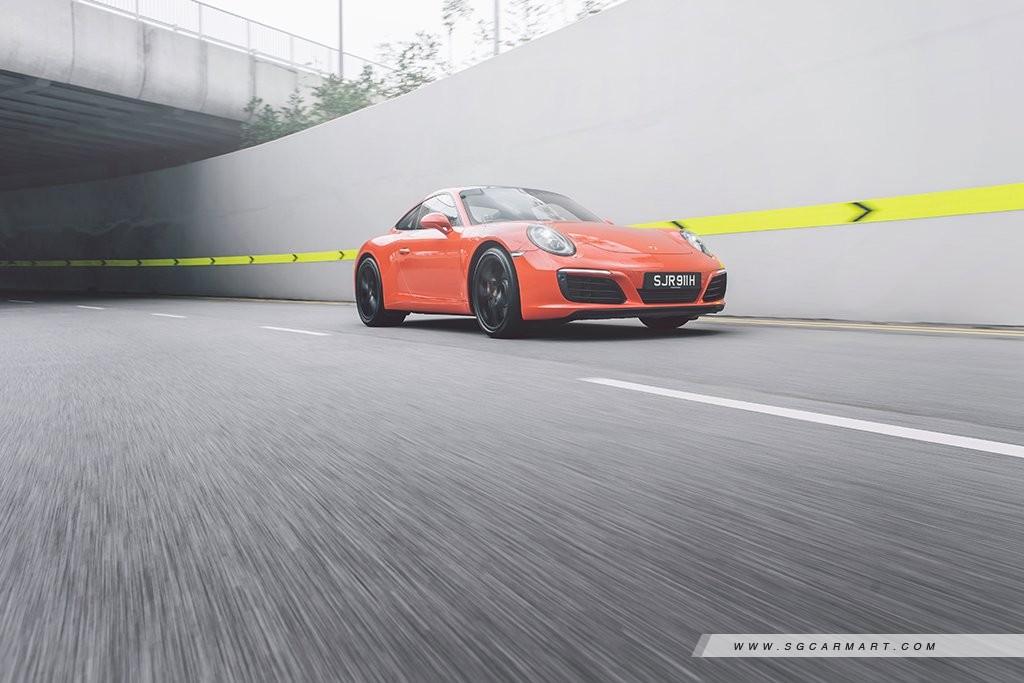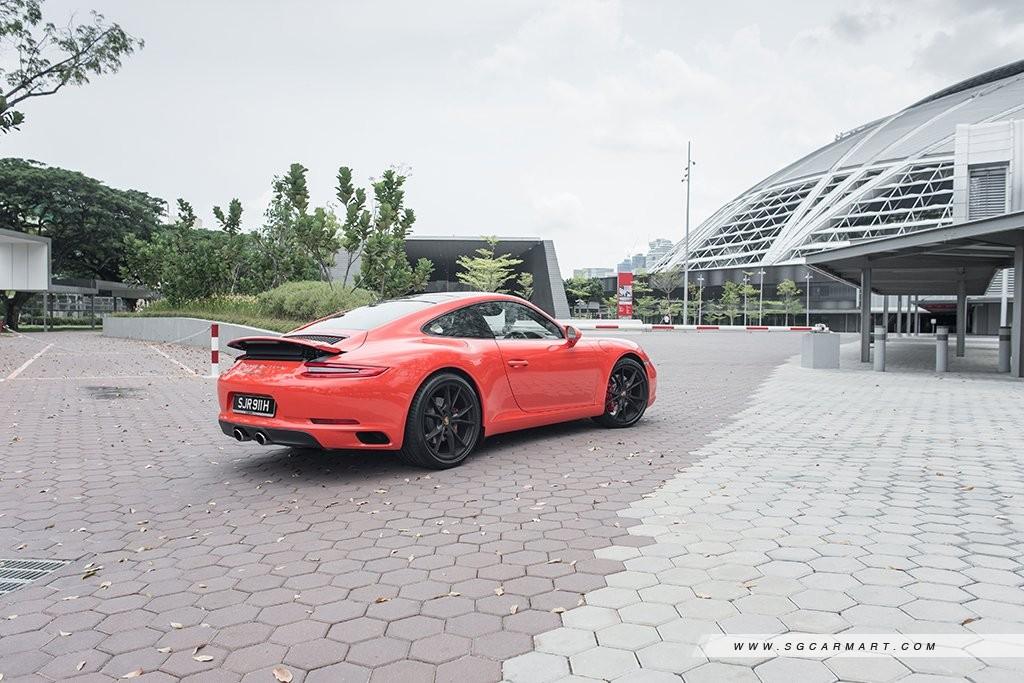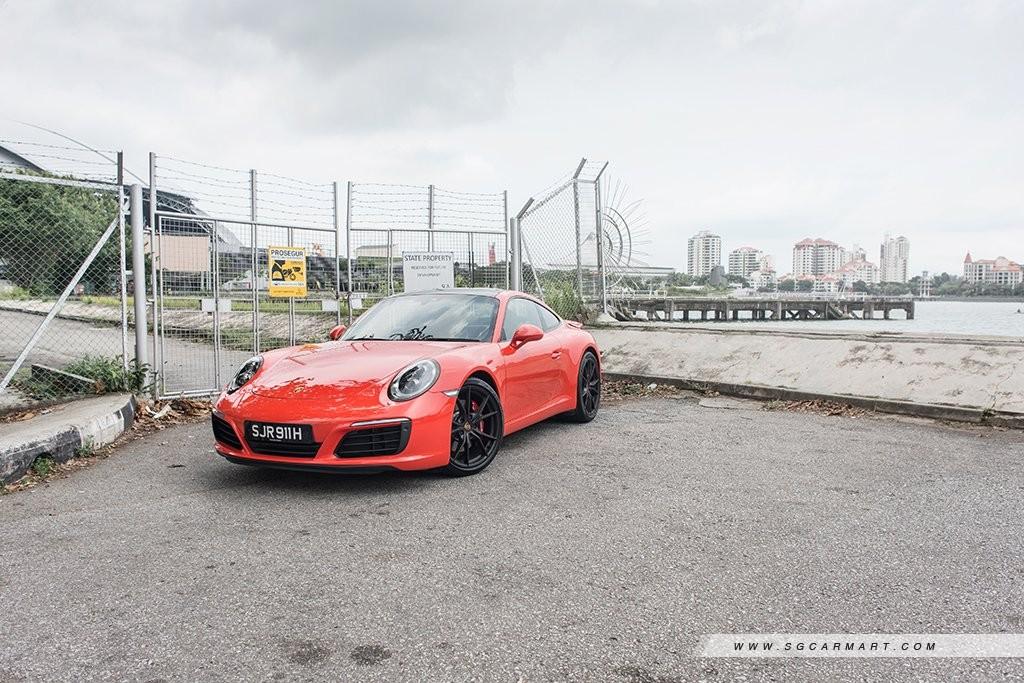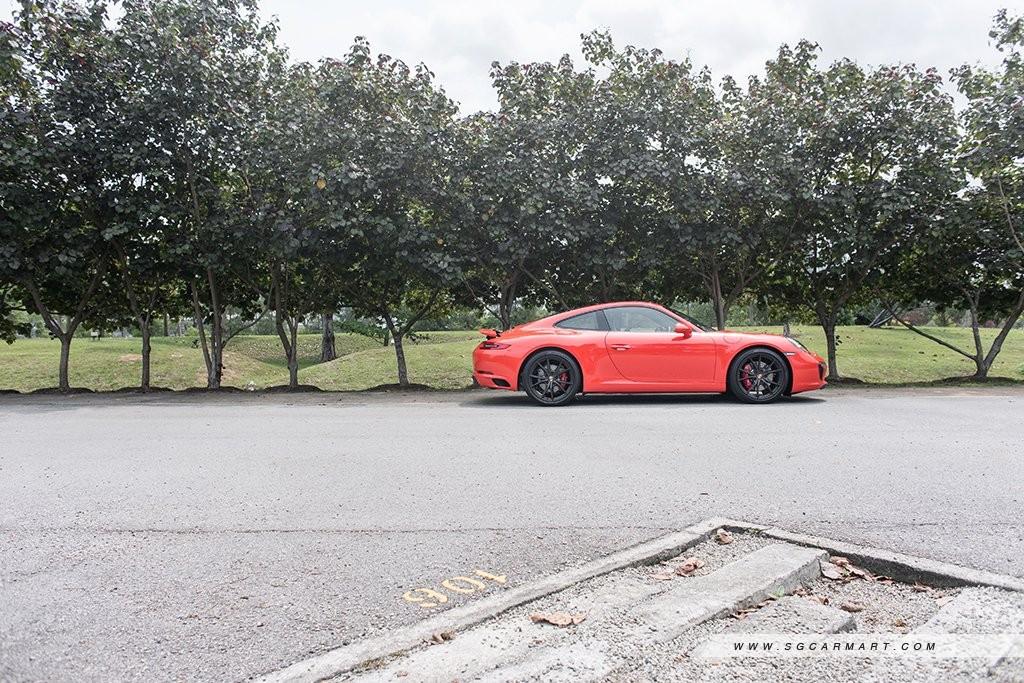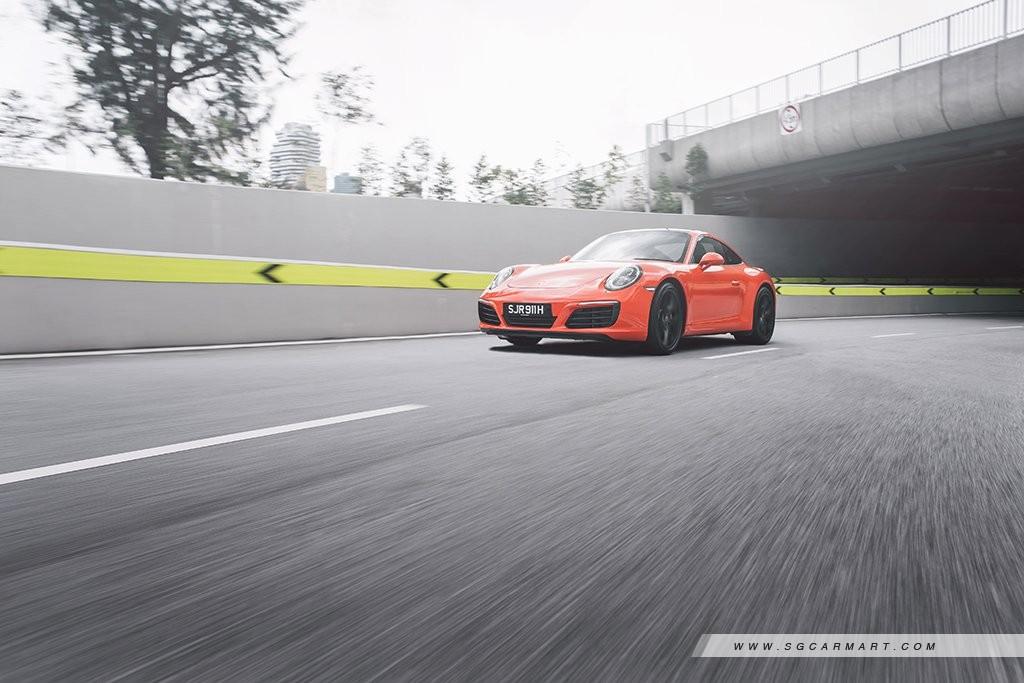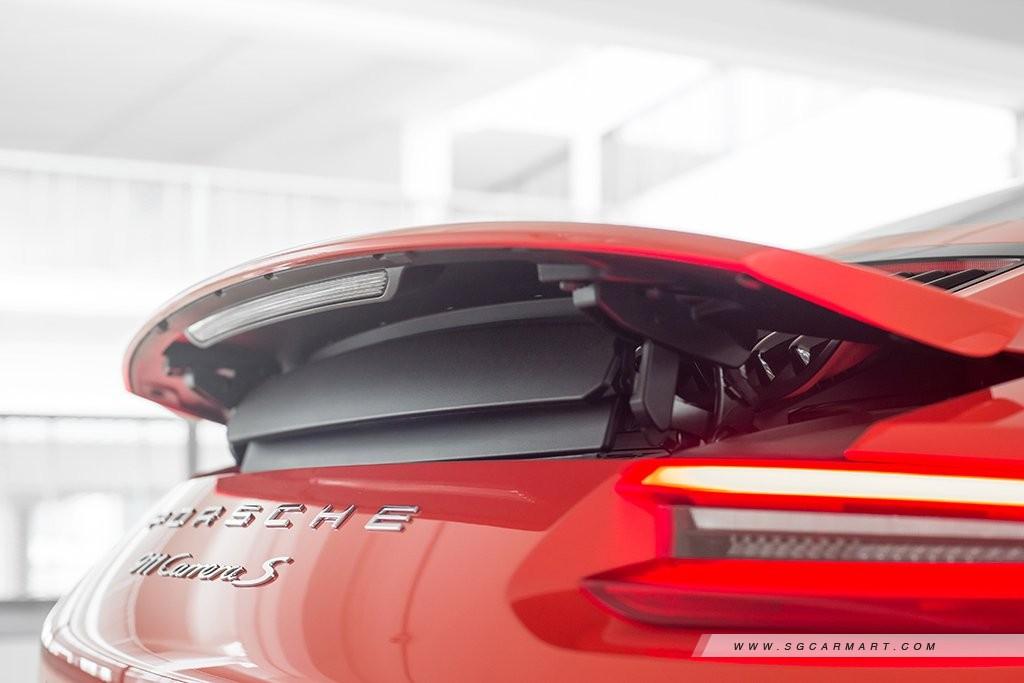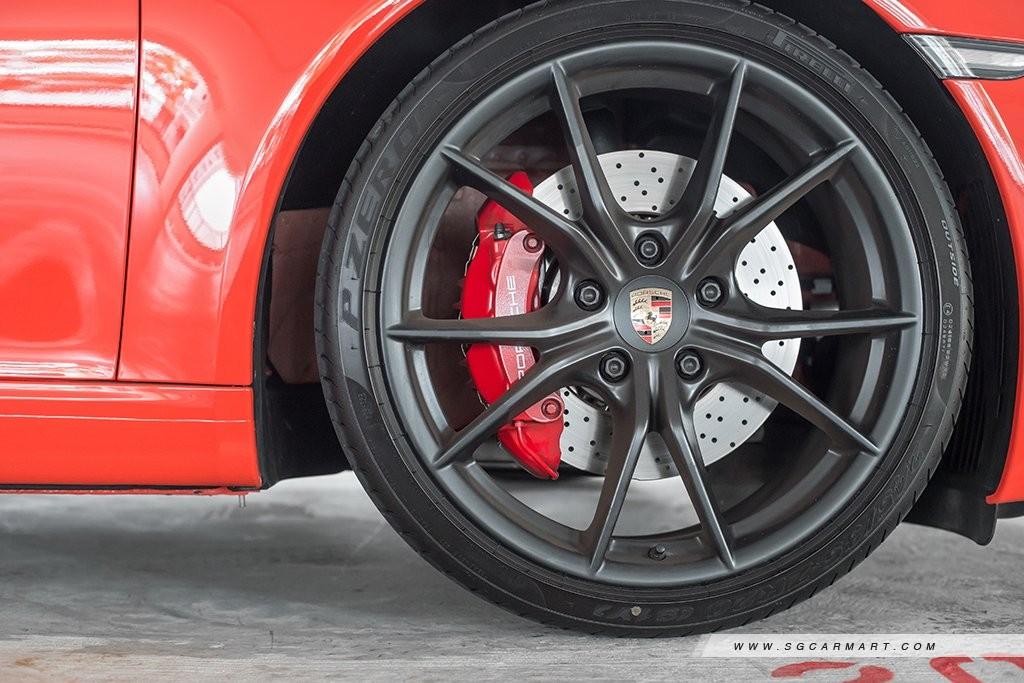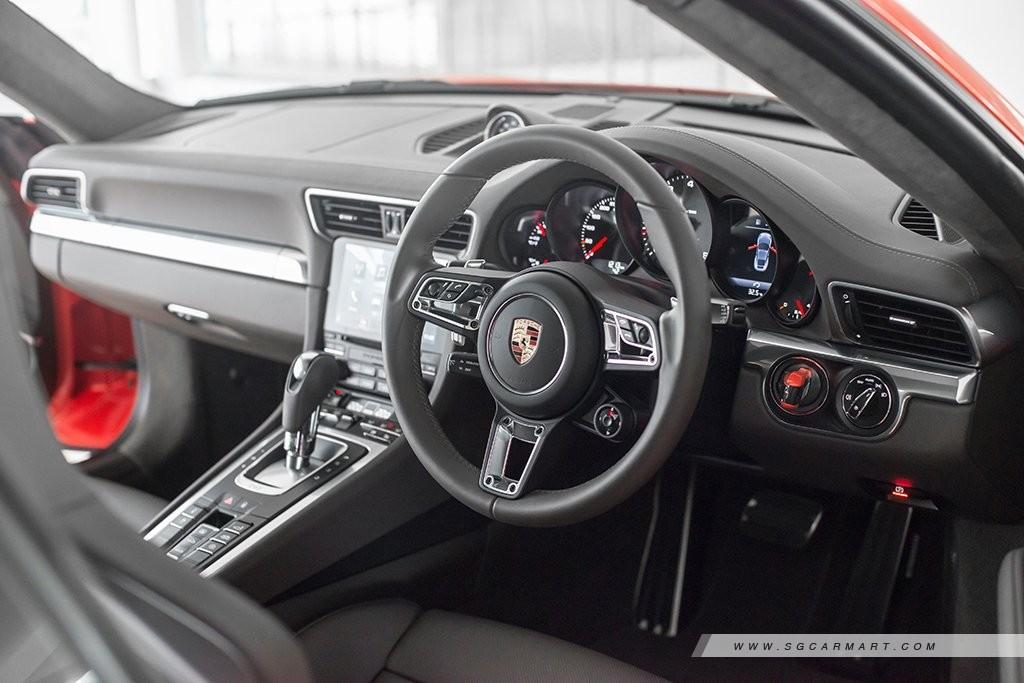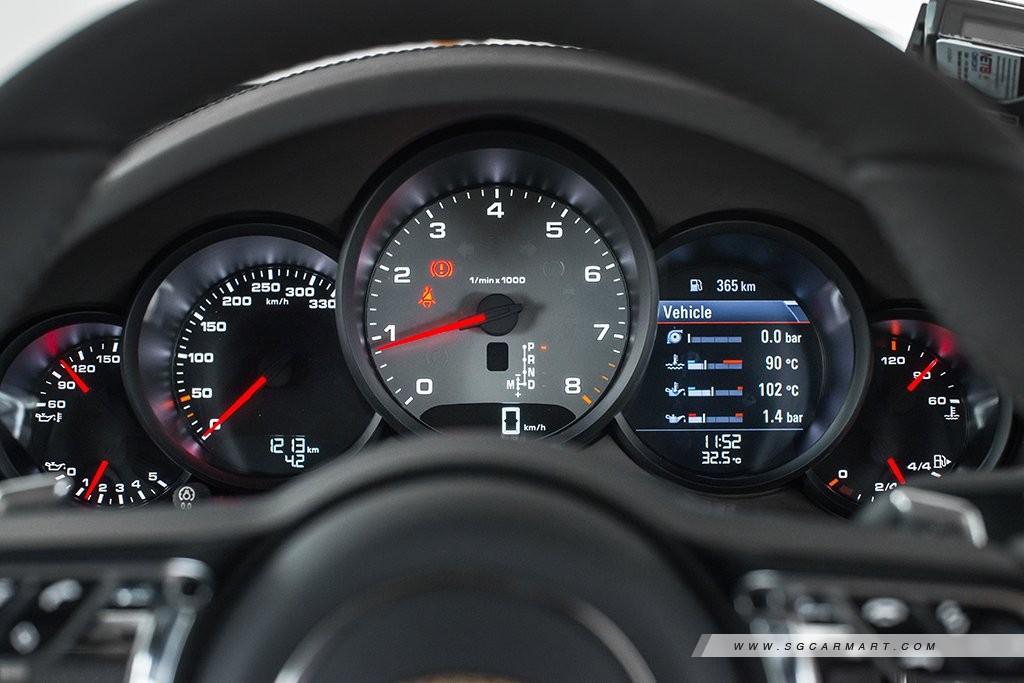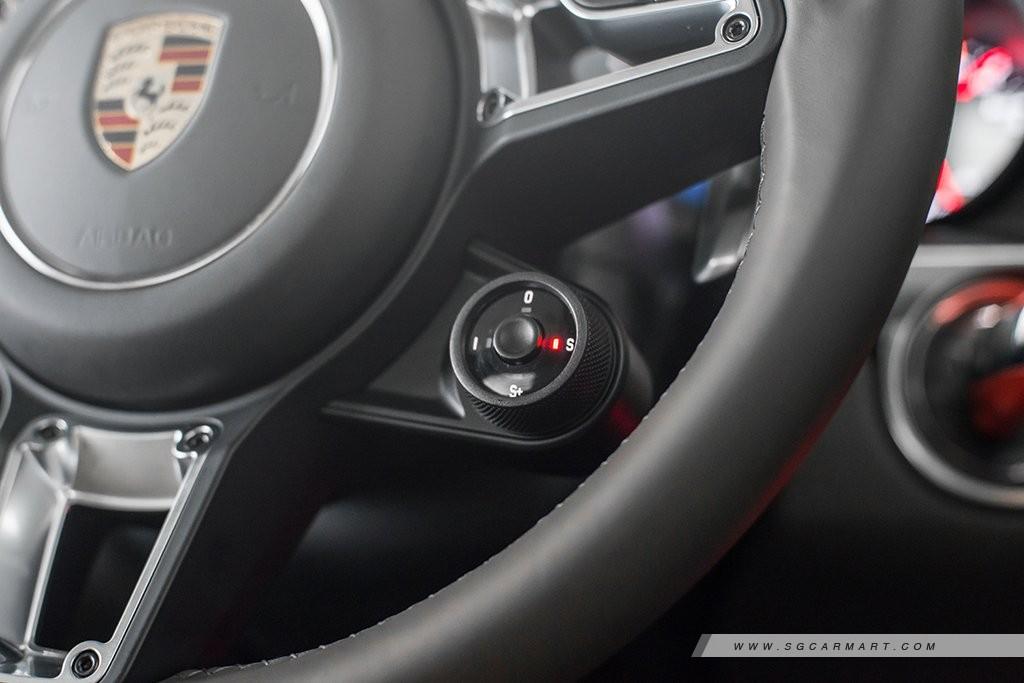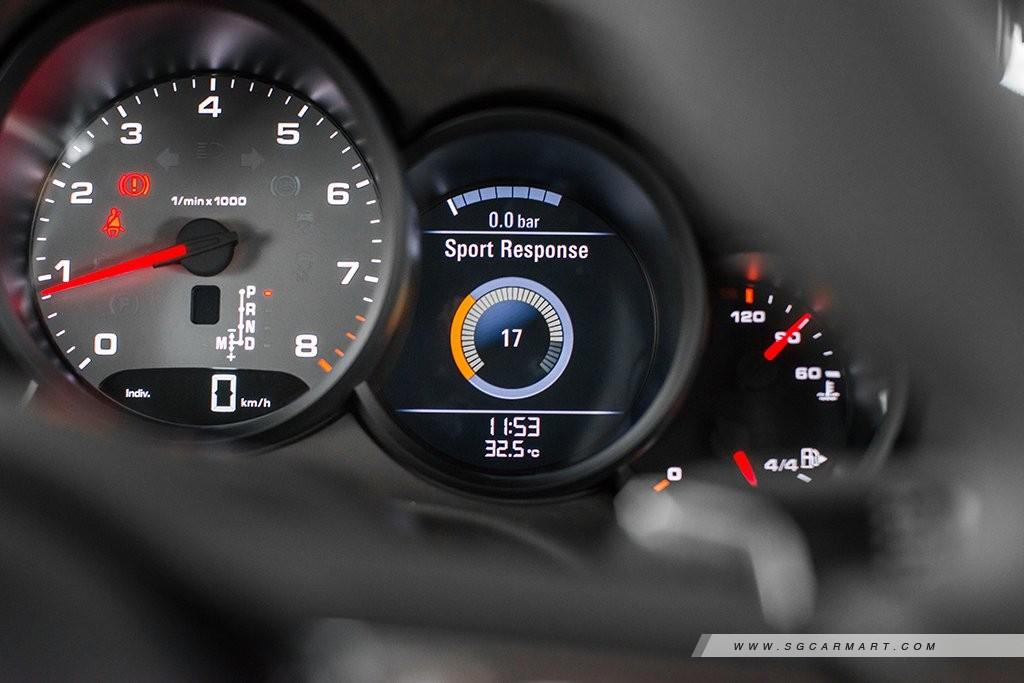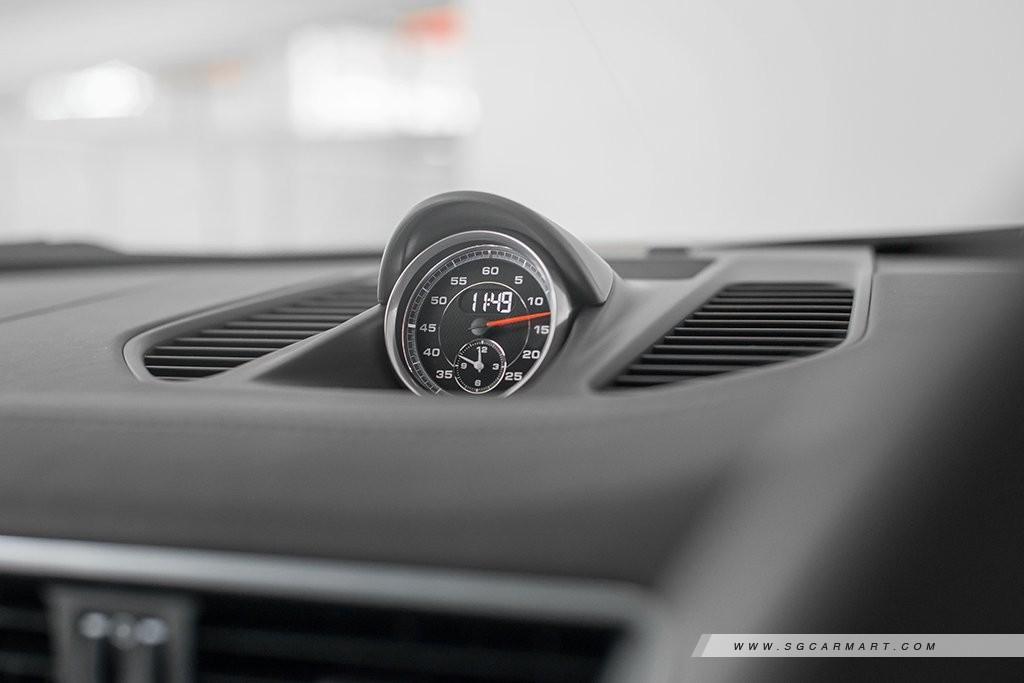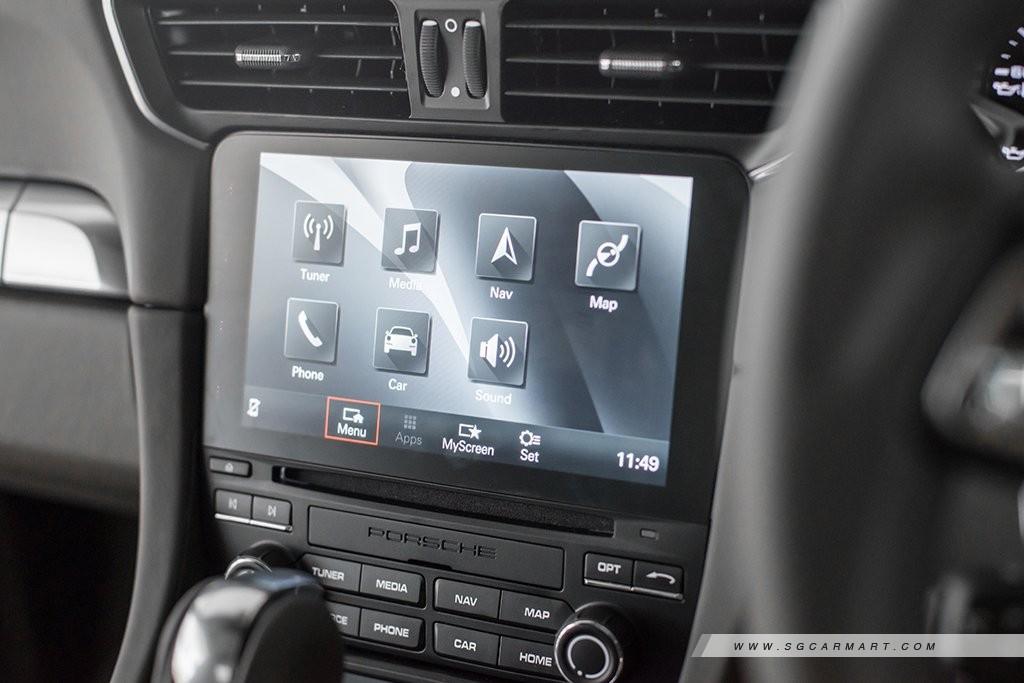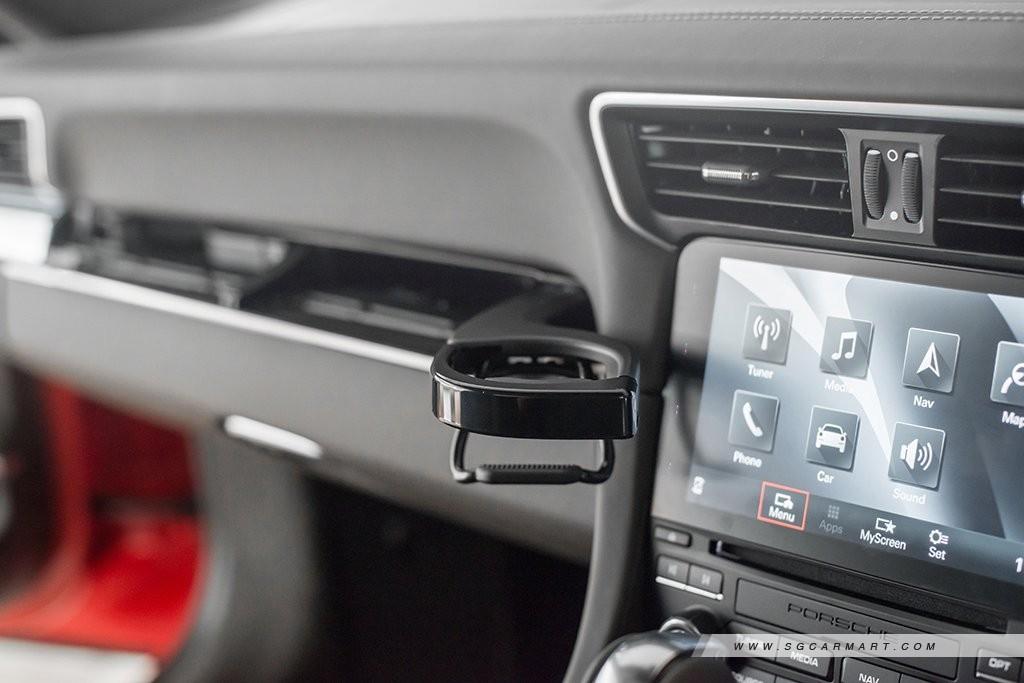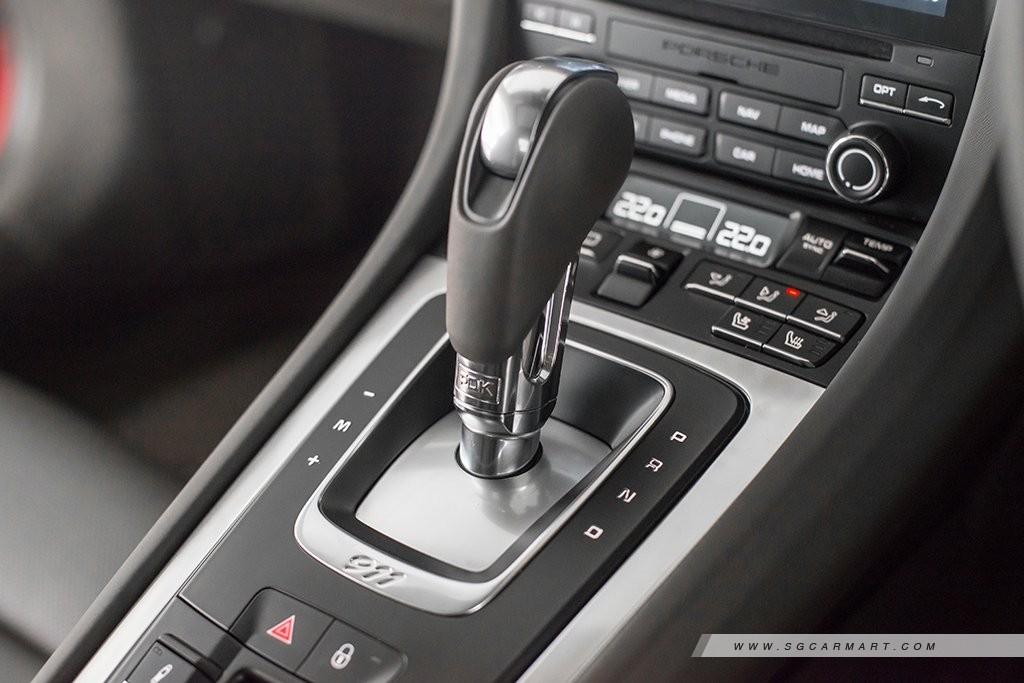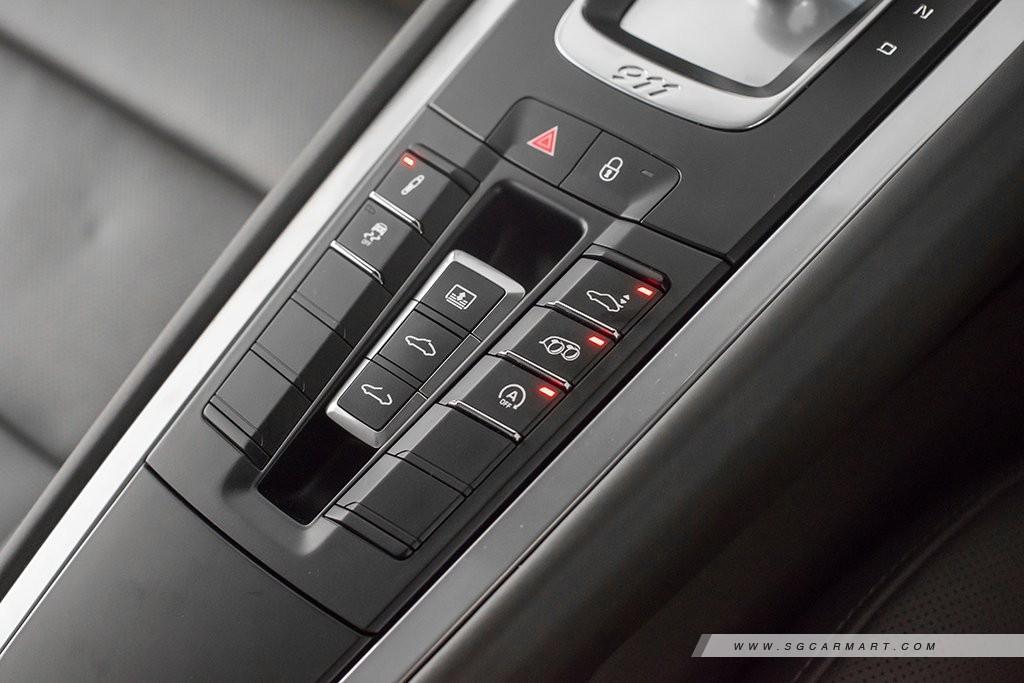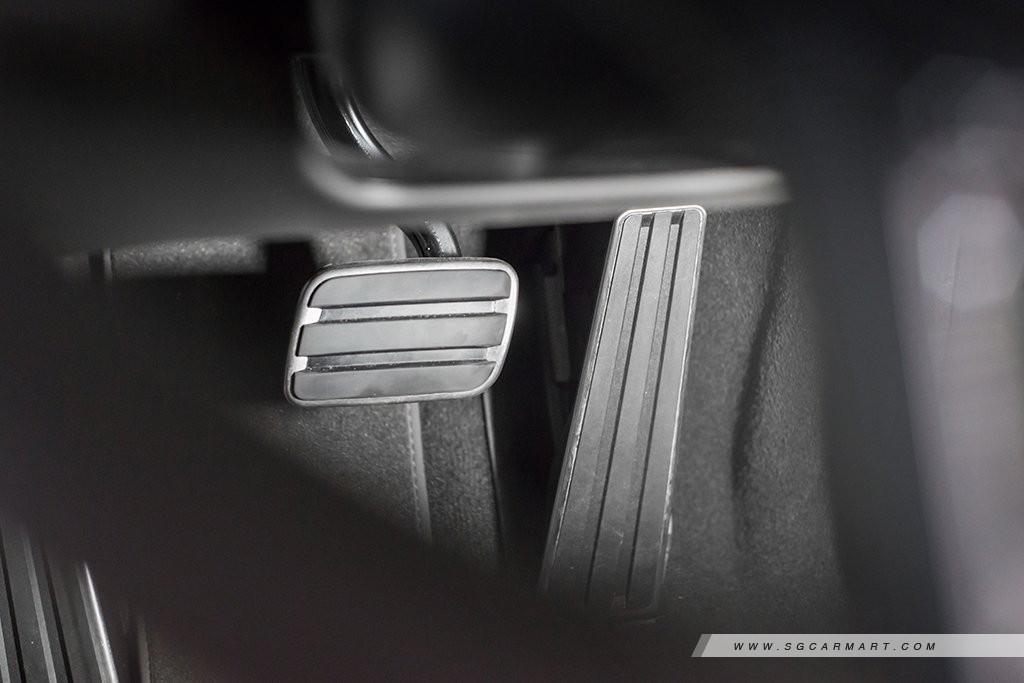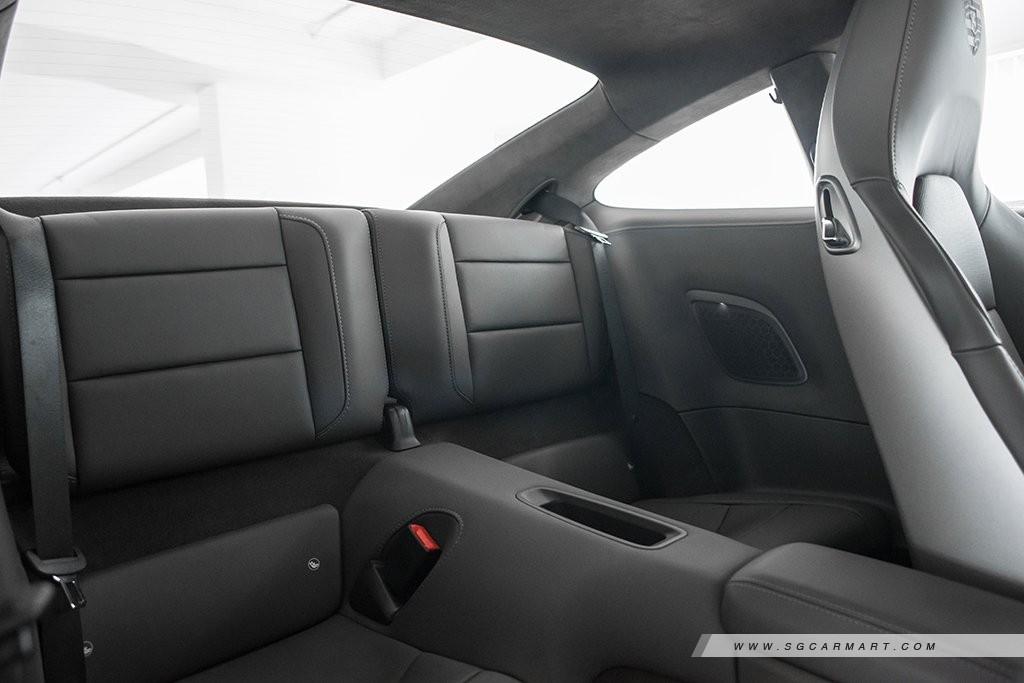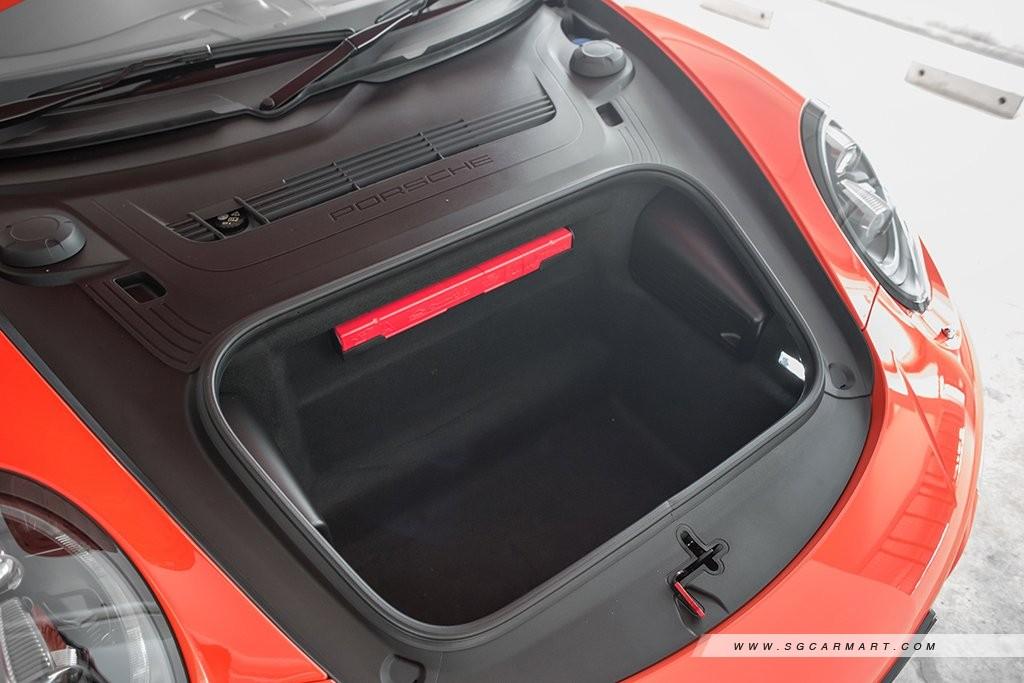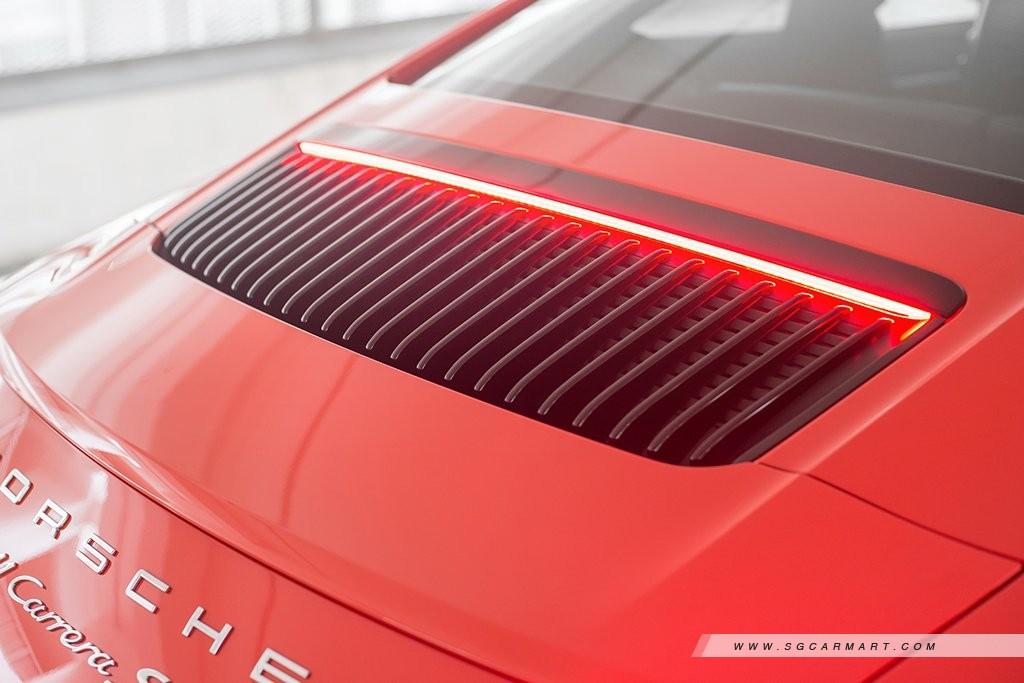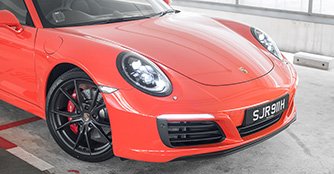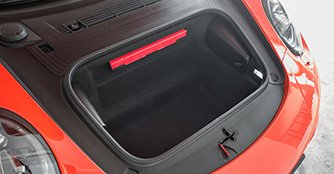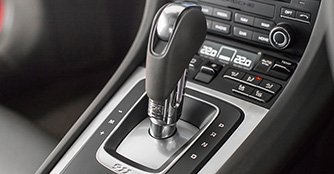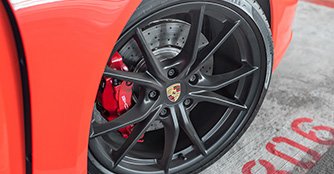Porsche 911 Carrera S PDK 3.0 (A) Facelift Review
10 Jun 2016|140,620 views
This may have caused some uproar at recent Porsche owners' meets. A wind of change has blown through Stuttgart and their beloved 911 has been fiddled with yet again. This time, the base Carrera has got a turbocharger.
The shift to turbocharging is significant, partly because high-revving flat-six engines have been a key part of the icon's appeal since its introduction in 1963, and partly because some of the world's biggest manufacturers have struggled with the switch to forced induction.
Nonetheless, the rationale is obvious enough, rooted in government mandates to reduce emissions and improve fuel economy. Forced induction remains the best and may be the only way to reduce displacement and continue the horsepower increases buyers expect.
Known internally as 991.2, the mid-cycle revisions initially appear very subtle, with only some detailed exterior changes and mild interior upgrades giving any indication to what has taken place underneath.
Up close and Personal
Look carefully and you realise that there are bits and pieces that are different. The horizontal air intake louvres over the rear-mounted engine are now vertically recessed and painted black, while the air intakes at the front have active shutters - they open if there's a need for air to cool the cabin, but are otherwise closed to improve aerodynamics.
Elsewhere, the head lights have been tweaked with revised internal lenses and standard Xenon projectors now provide a more distinctive four-point daytime running light graphic while narrow LED strips act as fog lamps and they look pretty cool from the front.
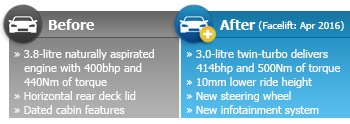 |
There are more subtle changes, too, such as the restyled door handles, LED side indicator on the mirrors, redesigned tail lamps, a new rear spoiler as well as new cooling ducts down low on either side of the rear bumper to help extract hot air.
Another modification that is less visible but enhances the 911's abilities include a ride height that's 10mm lower than the previous model due to a reconfigured Porsche Active Suspension Management system.
Inside, the basic cabin layout stays the same, so the high dashboard and centre console surround the driver, placing the focus on him/her and giving a nice cocooned feeling. What has been updated though is the Porsche Communication System and it now features a new 7.0-inch touchscreen that recognises swipe gestures just like a smartphone.
There is also a new steering wheel and cars equipped with the optional Sport Chrono package like this one here, will sport a rotary dial adapted from the 918 Spyder's hybrid map switch that offers four different driving modes.
Everything else is unchanged, which is good news given that the 991 is already packed with Porsche's finest materials and a wide range of upholstery colours.
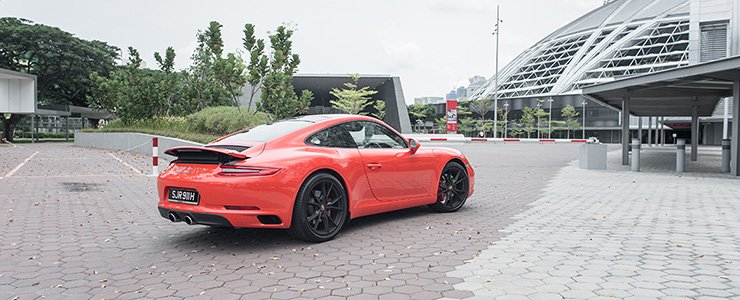 |
The Drive
This is where the 991.2 receives its most important update. The screaming 3.8-litre flat-six Boxer engine is now a part of history, replaced by a 3.0-litre twin-turbo flat-six that offers 414bhp and 500Nm of torque, 20bhp and 60Nm more torque than before.
Granted, the new engine lacks the characteristic induction hum and hard mechanical edge at certain points within the rev range that made the old naturally aspirated unit so invigorating.
But what it loses in outright aural qualities, the turbocharged mill more than makes up for with sheer ease of driveability and accessibility of its performance.
Mated to the new engine is a revised seven-speed Porsche Doppelkupplung (PDK) that is exceptionally well-tuned to its output. Although turbo lag is present, it is minimal and easily overlooked, and the acceleration is simply manic.
All this means the 0-100km/h sprint is improved by 0.2 seconds, so the Carrera S gets up to speed in a claimed 3.9 seconds - the first 'regular' Carrera to break the sacred four-second mark.
With the optional Sport Chrono package, Normal, Sport, Sport Plus and Individual modes are offered and they adjust the gear shifts, throttle response, suspension stiffness, active engine mounts and even the sound.
Included with the aforementioned is a 'Sport Response' button in the centre of the dial. This adjusts all the responses to maximum for 20 seconds and, when pushed, makes it feel like the 911 has a nitrous boost button but with that much power and torque readily available, you will never need to use it.
The car feels more stable in the corners now, thanks to the new Porsche Active Suspension Management chassis that grants it a lower centre of gravity. There is also the option of having a hydraulic lift system that will raise the front by 40mm to help get over speed bumps and over garage ramps.
Conclusion
Some may miss the ultimate crispness of the old engine, but the new car still drives like a 911 and looks like one, just that it's now faster and more capable than ever before. The wind of change may have passed, but the end result is still very familiar.
This may have caused some uproar at recent Porsche owners' meets. A wind of change has blown through Stuttgart and their beloved 911 has been fiddled with yet again. This time, the base Carrera has got a turbocharger.
The shift to turbocharging is significant, partly because high-revving flat-six engines have been a key part of the icon's appeal since its introduction in 1963, and partly because some of the world's biggest manufacturers have struggled with the switch to forced induction.
Nonetheless, the rationale is obvious enough, rooted in government mandates to reduce emissions and improve fuel economy. Forced induction remains the best and may be the only way to reduce displacement and continue the horsepower increases buyers expect.
Known internally as 991.2, the mid-cycle revisions initially appear very subtle, with only some detailed exterior changes and mild interior upgrades giving any indication to what has taken place underneath.
Up close and Personal
Look carefully and you realise that there are bits and pieces that are different. The horizontal air intake louvres over the rear-mounted engine are now vertically recessed and painted black, while the air intakes at the front have active shutters - they open if there's a need for air to cool the cabin, but are otherwise closed to improve aerodynamics.
Elsewhere, the head lights have been tweaked with revised internal lenses and standard Xenon projectors now provide a more distinctive four-point daytime running light graphic while narrow LED strips act as fog lamps and they look pretty cool from the front.
There are more subtle changes, too, such as the restyled door handles, LED side indicator on the mirrors, redesigned tail lamps, a new rear spoiler as well as new cooling ducts down low on either side of the rear bumper to help extract hot air.
Another modification that is less visible but enhances the 911's abilities include a ride height that's 10mm lower than the previous model due to a reconfigured Porsche Active Suspension Management system.
Inside, the basic cabin layout stays the same, so the high dashboard and centre console surround the driver, placing the focus on him/her and giving a nice cocooned feeling. What has been updated though is the Porsche Communication System and it now features a new 7.0-inch touchscreen that recognises swipe gestures just like a smartphone.
There is also a new steering wheel and cars equipped with the optional Sport Chrono package like this one here, will sport a rotary dial adapted from the 918 Spyder's hybrid map switch that offers four different driving modes.
Everything else is unchanged, which is good news given that the 991 is already packed with Porsche's finest materials and a wide range of upholstery colours.
The Drive
This is where the 991.2 receives its most important update. The screaming 3.8-litre flat-six Boxer engine is now a part of history, replaced by a 3.0-litre twin-turbo flat-six that offers 414bhp and 500Nm of torque, 20bhp and 60Nm more torque than before.
Granted, the new engine lacks the characteristic induction hum and hard mechanical edge at certain points within the rev range that made the old naturally aspirated unit so invigorating.
But what it loses in outright aural qualities, the turbocharged mill more than makes up for with sheer ease of driveability and accessibility of its performance.
Mated to the new engine is a revised seven-speed Porsche Doppelkupplung (PDK) that is exceptionally well-tuned to its output. Although turbo lag is present, it is minimal and easily overlooked, and the acceleration is simply manic.
All this means the 0-100km/h sprint is improved by 0.2 seconds, so the Carrera S gets up to speed in a claimed 3.9 seconds - the first 'regular' Carrera to break the sacred four-second mark.
This is where the 991.2 receives its most important update. The screaming 3.8-litre flat-six Boxer engine is now a part of history, replaced by a 3.0-litre twin-turbo flat-six that offers 414bhp and 500Nm of torque, 20bhp and 60Nm more torque than before.
Granted, the new engine lacks the characteristic induction hum and hard mechanical edge at certain points within the rev range that made the old naturally aspirated unit so invigorating.
But what it loses in outright aural qualities, the turbocharged mill more than makes up for with sheer ease of driveability and accessibility of its performance.
Mated to the new engine is a revised seven-speed Porsche Doppelkupplung (PDK) that is exceptionally well-tuned to its output. Although turbo lag is present, it is minimal and easily overlooked, and the acceleration is simply manic.
All this means the 0-100km/h sprint is improved by 0.2 seconds, so the Carrera S gets up to speed in a claimed 3.9 seconds - the first 'regular' Carrera to break the sacred four-second mark.
With the optional Sport Chrono package, Normal, Sport, Sport Plus and Individual modes are offered and they adjust the gear shifts, throttle response, suspension stiffness, active engine mounts and even the sound.
Included with the aforementioned is a 'Sport Response' button in the centre of the dial. This adjusts all the responses to maximum for 20 seconds and, when pushed, makes it feel like the 911 has a nitrous boost button but with that much power and torque readily available, you will never need to use it.
The car feels more stable in the corners now, thanks to the new Porsche Active Suspension Management chassis that grants it a lower centre of gravity. There is also the option of having a hydraulic lift system that will raise the front by 40mm to help get over speed bumps and over garage ramps.
Conclusion
Some may miss the ultimate crispness of the old engine, but the new car still drives like a 911 and looks like one, just that it's now faster and more capable than ever before. The wind of change may have passed, but the end result is still very familiar.
Car Information
Porsche 911 Carrera S PDK 3.0 (A)
CAT B|Petrol|13km/L
Horsepower
309kW (414 bhp)
Torque
500 Nm
Acceleration
3.9sec (0-100km /hr)
This model is no longer being sold by local distributor
All Used Porsche 911Thank You For Your Subscription.
